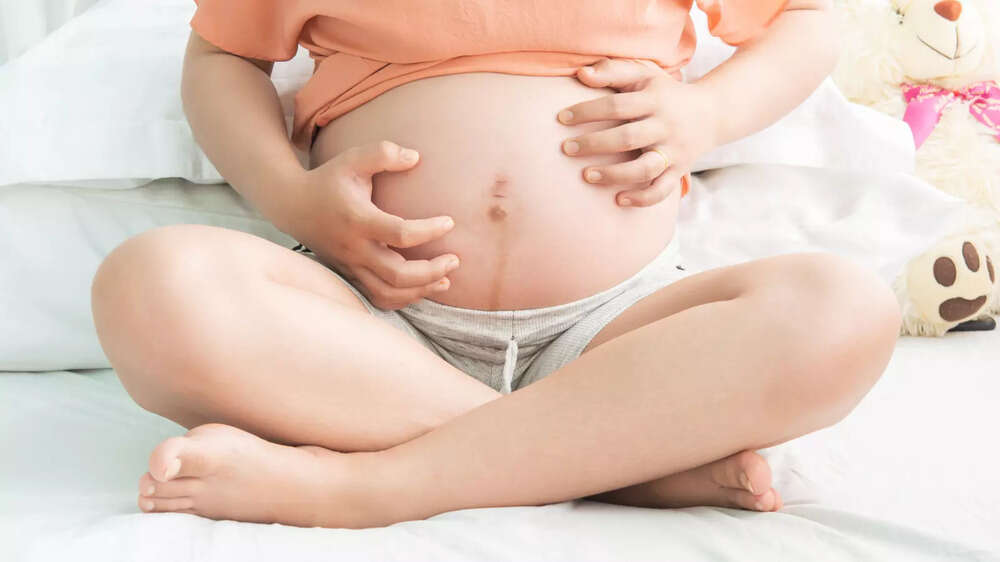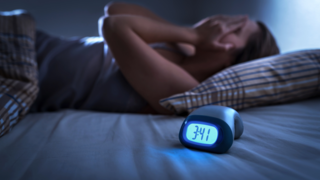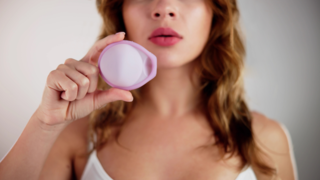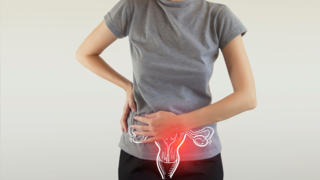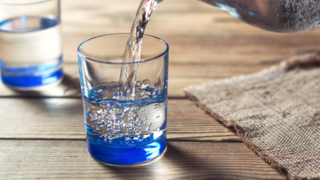In this article:
Hormonal changes, immune system shifts, and the stretching of the skin are common contributors to pregnancy-related skin changes. By understanding what causes these rashes, you can manage the symptoms effectively and maintain comfort throughout pregnancy.
While many rashes are harmless and fade after delivery, some may require medical attention. Knowing when to manage rashes at home and when to seek professional care can make a significant difference in your overall well-being during pregnancy.
Pregnancy Rashes: An Overview
Pregnancy brings several changes to a woman's body, and the skin is no exception. Rashes are among the most common skin concerns during pregnancy. These rashes are often benign, but they can still be uncomfortable, itchy, or concerning. Understanding the causes and treatments for pregnancy rashes is crucial for providing relief and peace of mind.Skin changes during pregnancy are often the result of hormonal fluctuations, increased blood flow, skin stretching, and immune system alterations. While most rashes will resolve on their own after birth, proper care and treatment can help reduce discomfort and prevent complications. Knowing how to manage pregnancy rashes is essential for maintaining both maternal and skin health.
Types of Rashes During Pregnancy
There are different types of pregnancy rashes, and it is essential to understand their causes, home remedies and how to treat them. Maintaining your comfort and peace of mind is crucial for healthy maternal health. Below are some of the most common forms of pregnancy rashes, their causes and tips on how to manage them.Atopic Dermatitis
Eczema or atopic dermatitis is a chronic inflammatory skin disorder involving dryness, redness, and pruritic skin. It may flare up or first occur during pregnancy, commonly on the neck, face, and extremities. Pregnant women with past histories of eczema, asthma, or other allergic disorders are at a higher risk of developing this during pregnancy.- Causes: Endocrine changes, particularly elevated oestrogen levels, can exacerbate inflammatory skin conditions. A family or individual history of allergy, such as eczema, asthma, or hay fever, can predispose to atopic dermatitis in pregnancy.
- Home Remedies: Apply scent-free, gentle moisturisers to soften and soothe dry skin. Avoid irritants like harsh soaps, certain detergents, and tension. Wear light, air-permeable, soft cotton clothing to avoid skin irritation. Apply cool compresses to relieve itching and inflammation.
- Treatment: Topical corticosteroids can control mild to moderate cases. Antihistamines can be prescribed to relieve severe itching, but only under medical care. In extreme instances, dermatologists might use phototherapy for severe manifestations, but this should be strictly supervised by healthcare professionals during pregnancy.
Urticaria
Hives are raised, and red welts suddenly appear on the skin. They are often very itchy and may move from place to place on the body. While generally harmless, their unpredictable nature can be disconcerting in pregnant women.- Causes: Hives are likely to occur due to allergic reactions, but may be triggered by external forces such as heat, stress, or hormonal shifts during pregnancy.
- Home Remedies: Avoid known allergens, such as some foods, fabrics, or medications. Take lukewarm oatmeal baths to soothe inflamed skin. Wear loose, non-irritating clothing to reduce friction against the skin.
- Treatment: With your healthcare professional’s permission, over-the-counter antihistamines, such as loratadine, may be used. In severe cases, corticosteroid creams or injections might be needed.
Impetigo Herpetiformis
Impetigo herpetiformis is a rare and potentially life-threatening skin condition that occurs exclusively during pregnancy, typically in the third trimester. It is considered a pregnancy-specific form of generalized pustular psoriasis, characterised by painful, pus-filled lesions, widespread redness, and systemic symptoms such as fever, chills, and fatigue.Though its name may suggest infection, the condition is not contagious. Left untreated, impetigo herpetiformis can pose serious complications for both mother and baby, including dehydration, secondary infections, premature labour, and an increased risk of stillbirth.
- Causes: The exact cause of impetigo herpetiformis is not fully understood, but it is strongly associated with hormonal changes and immune system shifts during late pregnancy. Individuals with a history of psoriasis may be more susceptible, although it can also occur in those without any prior skin conditions.
- Home Remedies: Dry and clean the affected areas to prevent further irritation. Do not scratch to prevent the risk of infection. Eat a balanced diet to ensure skin health.
- Treatment: Seek medical attention promptly to treat the condition effectively. Systemic corticosteroids are usually applied to manage flare-ups. Severe or unresponsive cases may necessitate hospitalisation for close monitoring and supportive care, especially to manage fluid balance, infection risk, and foetal health. Early and consistent treatment significantly improves outcomes for both the mother and baby.
Miliaria
Heat rash or miliaria manifests when sweat ducts get blocked, leading to small, red and itching bumps. It occurs more often in heat and humid weather, and most of all, it occurs among pregnant women since their bodies are warmer and they perspire more.- Causes: Clogged sweat glands cause heat rash, which occurs more often in pregnant women because they perspire more and their bodies get warmer.
- Home Remedies: Stay in shady, well-ventilated places to avoid sweating. Wear loose natural fibre clothes such as cotton. Cool the body with air conditioning or a fan.
- Treatment: Calamine lotion or cooling gel is applied to relieve the inflamed skin. Heavy ointments and creams are not to be applied as they further clog pores. If an infection is caused, antibiotics might be required.
Prurigo of Pregnancy
Prurigo of pregnancy is a skin condition that manifests as small, itchy, red bumps, often on the limbs or abdomen, and even though not harmful to the baby, the intense itching can be very uncomfortable for expectant mothers.- Causes: The condition is thought to be linked to immune system changes during pregnancy, though the exact cause remains unclear.
- Managing at Home: Apply moisturisers frequently to maintain skin hydration and prevent dryness. Use anti-itch creams, such as menthol or camphor-based lotions, to relieve discomfort, and avoid scratching to minimise skin damage and the risk of infection.
- Treatment: Mild topical steroids may be prescribed to reduce inflammation, and antihistamines can be used to control itching, although they should be used cautiously during pregnancy. In some cases, UVB phototherapy may be recommended for more persistent symptoms.
Pruritic Folliculitis
Pruritic folliculitis is an uncommon condition unique to pregnancy, characterised by acne-like, itchy, red pustules, which are mainly observed on the abdomen, chest, or back.- Causes: The cause is not known, but it is thought to be caused by hormonal changes during pregnancy.
- Home Remedies: Clean affected areas with a mild, non-irritating soap. Avoid oil-based products, as they may clog pores and aggravate symptoms. Try wearing loose, clean clothing to help reduce discomfort and avoid further irritation.
- Treatment: The condition may be treated with benzoyl peroxide or topical antibiotics, and in severe cases, oral corticosteroids or oral antibiotics may be needed to manage the rash.
Pemphigoid Gestationis
Pemphigoid gestationis is an autoimmune disorder that causes intensely itchy, blistering rashes. The rash tends to start close to the navel and then affect other areas of the body. The condition may recur in subsequent pregnancies.- Causes: It is believed to be caused by an abnormal immune response to placental tissue, usually in the second or third trimester.
- Home Remedies: Avoid hot showers and harsh soaps, which might exacerbate irritation. Use oatmeal baths to calm irritated skin. Clip fingernails to prevent scratching damage to skin.
- Treatment: Systemic corticosteroids are usually needed to control the symptoms. Topical steroids are utilised in milder cases. Regular monitoring by a dermatologist and an obstetrician is critical to properly controlling the condition.
PUPPP Rash (Pruritic Urticarial Papules and Plaques of Pregnancy)
PUPPP is the most common rash during pregnancy, typically occurring in the third trimester. It often begins with abdominal stretch marks and can spread to the thighs and buttocks. If you notice signs of a rash, it’s best to speak to your healthcare professional. They can guide you on how to manage the symptoms and help you stay comfortable during this time.- Causes: The cause of PUPPP is not established yet, but it is supposed to occur as a combination of skin stretch with hormonal fluctuations of pregnancy.
- Home Remedies: Use cold compresses to relieve itching and inflammation, and moisturise often using fragrance-free lotions to prevent dryness. Avoid hot showers, as they aggravate symptoms.
- Treatment: Topical corticosteroids are the most commonly utilised to relieve itching and inflammation, and oral antihistamines can manage intense itching. PUPPP typically improves shortly after delivery without affecting anything.
If you experience any skin condition, whether minor or major, during pregnancy, it’s advisable to consult a healthcare expert before starting any treatment. This helps ensure that you receive the right care and guidance, providing you with peace of mind and supporting your well-being throughout this important stage of your life.
FAQs on Types Of Pregnancy Rash: Causes, Home Remedies, & Treatment
- Can pregnancy rashes be detrimental to the baby’s health?
Most rashes that occur during pregnancy are not harmful to the baby; however, there are exceptions. Some rashes, like Pemphigoid Gestationis and Impetigo Herpetiformis, can become dangerous, so constant monitoring under medical supervision is required to prevent these conditions from escalating further. - Are steroid creams safe to use during pregnancy?
Mild topical steroids are not considered harmful during pregnancy, but it’s best to always consult your healthcare professional before opting to use any steroid product during pregnancy, as keeping your health optimum during gestation is crucial for your well-being as well as the baby’s health.

